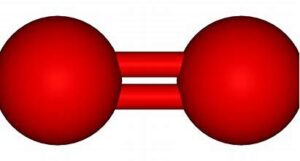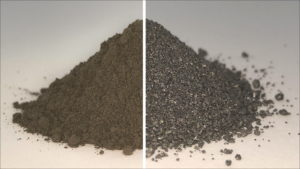
Metalysis, a Sheffield, England-based manufacturer of metal and alloy powders, has won a European Space Agency contract to develop a process to turn Moon dust into oxygen along with aluminum, iron and other metal powders that lunar colonists can use for construction, reports The Guardian.
Oxygen makes up about 45% of the molecular weight of rocks brought back from the Moon. The rest is mainly iron, aluminum and silicon. Earlier this year scientists at Metalysis and the University of Glasgow announced they could extract 95% of the oxygen from simulated lunar soil, leaving useful metal alloy powders behind.
The ESA contract will fund Metalysis for nine months to perfect an electrochemical process that extracts oxygen from dust and rocks by sending an electrical current through the material. The process is already in use in Earth, but oxygen is an unneeded byproduct. The story is quite different on the Moon, where oxygen is a major constituent of two extremely scarce commodities: breathable air and rocket fuel.
“Oxygen is useful not only for astronauts to breathe, but also as an oxidiser in rocket propulsion systems,” said Mark Symes, with the University of Glasgow. “There is no free oxygen on the moon, so astronauts would have to take all their own oxygen with them to the moon, for life support and to enable their return journey, and this adds considerably to the weight and hence expense of rocket launches bound for the moon.”
Bacon’s bottom line: The industrial-scale manufacture of oxygen and metals on the Moon will transform lunar economics by creating a virtually unlimited supply of the critical element. While this breakthrough will facilitate travel between the Moon and back, it is not enough by itself to support large-scale colonization there. Pure oxygen is poisonous to humans and must be diluted with other elements — most notably nitrogen in Earth’s atmosphere — to be breathable. Also, oxygen requires a supply of hydrogen with which to interact to function as a rocket fuel. Scientists and engineers will need to identify abundant sources of these elements in order to free the Moon from the immense expense of lifting materials out of Earth’s gravity well.

